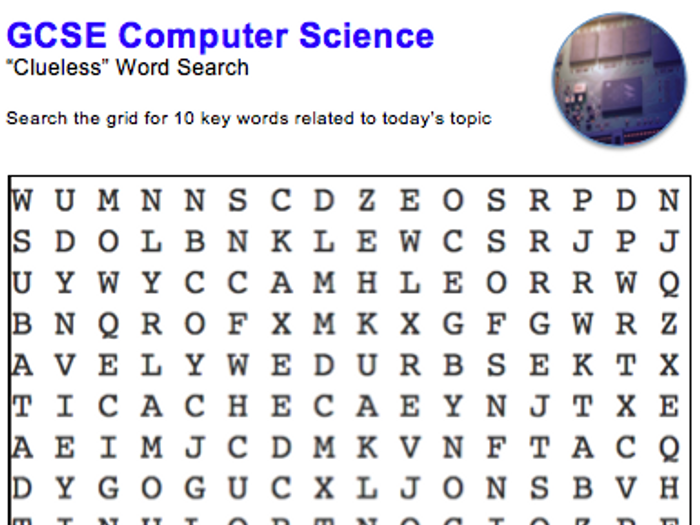

Participants were asked to read comparable passages of text, half completely in uppercase text and half presented in standard lowercase text. This finding has been confirmed more recently by Smith (1969) and Fisher (1975). Woodworth (1938) was the first to report this finding in his influential textbook Experimental Psychology. The second key piece of experimental data to support the word shape model is that lowercase text is read faster than uppercase text.

Once the shape has been recognized, then the subject can deduce the presence of the correct letter long after the stimulus presentation. This supports the word shape model because the word allows the subject to quickly recognize the familiar shape. Reicher found that subjects were more accurate at recognizing D when it was in the context of WORD than when in the context of ORWD. The subjects were asked if one of two letters were contained in the string, for example D or K. He presented strings of letters – half the time real words, half the time not – for brief periods. He concluded that subjects were more accurate at recognizing words in a short period of time because whole words are the units that we recognize.Ĭattell's study was sloppy by modern standards, but the same effect was replicated in 1969 by Reicher. He presented letter and word stimuli to subjects for a very brief period of time (5-10ms), and found that subjects were more accurate at recognizing the words than the letters. Cattell had discovered a fascinating effect that today we call the Word Superiority Effect. Figure 1: Word shape recognition using the pattern of ascending, descending, and neutral characters Figure 2: Word shape recognition using the envelope around the wordĬattell supported the word shape model because it provided the best explanation of the available experimental evidence. Cattell is recognized as an influential founder of the field of psycholinguistics, which includes the scientific study of reading. James Cattell (1886) was the first psychologist to propose this as a model of word recognition. The word patterns are recognizable to us as an image because we have seen each of the patterns many times before. Another formulation is to use the envelope created by the outline of the word. Some claim that the information used to recognize a word is the pattern of ascending, descending, and neutral characters. The general idea is that we see words as a complete patterns rather than the sum of letter parts. The word recognition model that says words are recognized as complete units is the oldest model in the psychological literature, and is likely much older than the psychological literature. And finally I will describe some recent developments in word recognition and a more detailed model that is currently popular among psychologists. After all the evidence has been presented, I will evaluate the models in terms of their ability to support the data. I will present representative data that was used as evidence to support each model.
#Computer science word vs word serial
I will start by describing three major categories of word recognition models: the word shape model, and serial and parallel models of letter recognition. Most papers are widely available at academic libraries. If you want more details on an experiment, all of the references are at the end of the paper as well as suggested readings for those interested in more information on some topics.

Along the way I will present experiments and models that I couldn't hope to cover completely without boring the reader. This paper will cover many topics in relatively few pages.

The goal of this paper is to review the history of why psychologists moved from a word shape model of word recognition to a letter recognition model, and to help others to come to the same conclusion. This paper was originally presented as a talk at the ATypI conference in Vancouver in September, 2003. The data from dozens of experiments all come from peer reviewed journals where the experiments are well specified so that anyone could reproduce the experiment and expect to achieve the same result. This paper is written from the perspective of a reading psychologist. There I learned to my chagrin that we recognize words from their word shape and that "Modern psychologists call this image the 'Bouma shape.'" The term bouma appears in Paul Saenger's 1997 book Space Between Words: The Origins of Silent Reading. Some have used the term bouma as a synonym for word shape, though I was unfamiliar with the term. Many typographers and other text enthusiasts I've met insist that words are recognized by the outline made around the word shape. Evidence from the last 20 years of work in cognitive psychology indicate that we use the letters within a word to recognize a word.


 0 kommentar(er)
0 kommentar(er)
